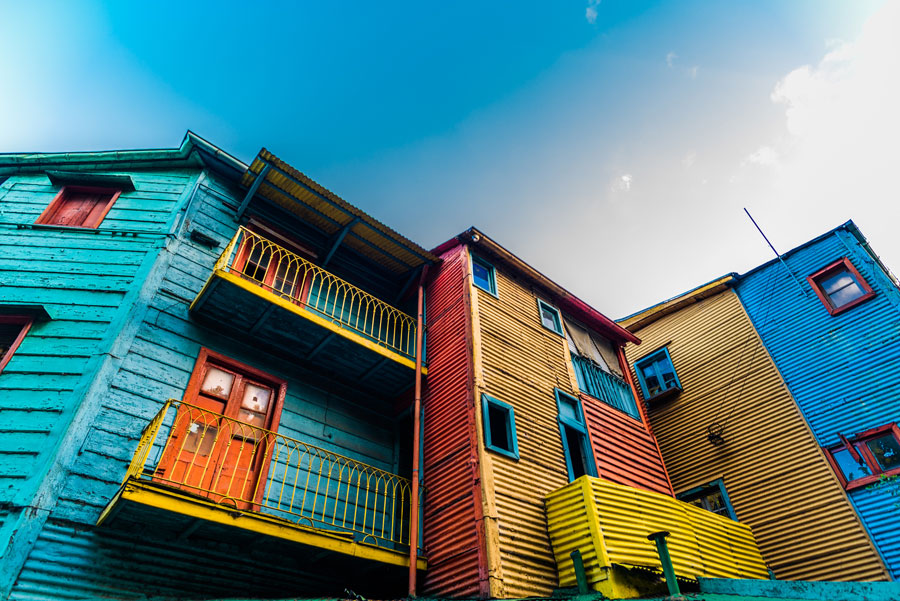Paseo Del Bajo Highway Connection Project Links Illia and Buenos Aires-La Plata Highways, Improving Transit North to South and Creating New Urban Green Spaces, Neighborhood Revitalization
Buenos Aires, Argentina – July 13, 2018 –Buenos Aires has always been a city on the move, and vast new improvements in urban infrastructure and highway connections aim to keep it that way. With a multi-million-dollar investment, the Paseo del Bajo is one of the Argentine capital’s largest major infrastructure improvement projects. The new bypass will connect the Illia and Buenos Aires-La Plata highways, providing new urban parks while improving transit circulation for private vehicles, trucks, public bus routes and other forms of urban transit.
The new highway connection is already under construction, having begun in early 2017 with an estimated completion in 2019. The smart new route connects the Illia highway, which currently ends in the northern part of Buenos Aires, near the Retiro train and bus station complex and seaport, to the Buenos Aires-La Plata highway in the southern area of the city, near the San Telmo, Barracas and La Boca historic districts around the city’s original colonial port. The connection runs parallel to Puerto Madero along Avenida Alicia Moreau de Justo, in an area of currently underused land between this area and the downtown MicroCentro and other central neighborhoods.
Once completed, around 25,000 vehicles including approximately 10,000 trucks, along with several bus lines and private cars are expected to pass daily through the over 4-mile route. The new highway and boulevard connection system will funnel trucks and large vehicles underground directly to the highways, train station and ports, with passenger cars passing along redesigned Avenidas Alicia Moreau de Justo and Huergo-Madero. For most of the route, trucks and heavy vehicles will do so without stopping for traffic lights as they currently do when using existing connections between the two highways along Avenida Nueve de Julio or Avenida Alem. This will not only reduce transit time, but by keeping traffic moving, the new connection will reduce pollution levels in the center of the city resulting in cleaner air.
The beauty of the Paseo del Bajo is that it also creates new urban green space in the heart of the city. Much of the new highway connection corridor will be submerged underground along its route via a partially covered open trench process, giving the opportunity to create landscaped, plazas, urban parks and pedestrian and cycling walkways to enjoy. Currently, some of the area has a sense of underutilized desolation, and the new landscaping will add a welcome new flow between Buenos Aires’ downtown and central neighborhoods. For example, these new areas will be an open invitation to walk from the Corrientes Theater District or from sightseeing near Plaza de Mayo to have dinner in Puerto Madero or visit the nearby Ecological Reserve. This is a boon for locals and tourists alike in this City of Many Passions known for its vibrant cultural atmosphere and already expansive green urban spaces.
The Mayor of Buenos Aires Horacio Rodríguez Larreta has commented that the project is important not only to the capital but to the entire country of Argentina. The project is considered among the most important infrastructure improvements for Buenos Aires in the past 50 years, when the current highway system was originally constructed. By improving transit among the highway systems and the urban and long-distance bus system, the new connection can aid travel throughout the city. Combined with the continued expansion of the city’s subway system, known as El Subte, overall circulation throughout the city is continuously being upgraded.
The Paseo Del Bajo Highway connection will keep the city moving into the future, ensuring that visitors and locals alike will revel in all the Argentine capital has to offer.
For more information and a video of Paseo del Bajo, visit www.buenosaires.gob.ar/planeamiento/visionciudad/paseo-del-bajo
About the Autonomous City of Buenos Aires
Argentina’s capital and most populous city, Buenos Aires, is located on the western shore of the Río de la Plata estuary, on the southeastern coast of South America. The city is neither part of Buenos Aires Province nor the province’s capital; rather, it is an autonomous district. Buenos Aires is a top tourist destination that offers a unique blend of European elegance and Latin American passion. Famous as the birthplace of tango, the city is also home to world-class opera, theater and art, well-preserved European-style architecture, native traditions, and to restaurants that overflow with wine from Mendoza and cuts of beef fresh from the Pampas. The city’s neighborhoods are small and highly individualized, each with its own characteristic colors and forms. The destination attracts and satisfies vacationers of all tastes and budgets with its wide range of accommodations including luxury hotels, chic boutiques, and international brands. For more information on tourism, visit: https://turismo.buenosaires.gob.ar/en or follow Buenos Aires’ Facebook page or Instagram.


